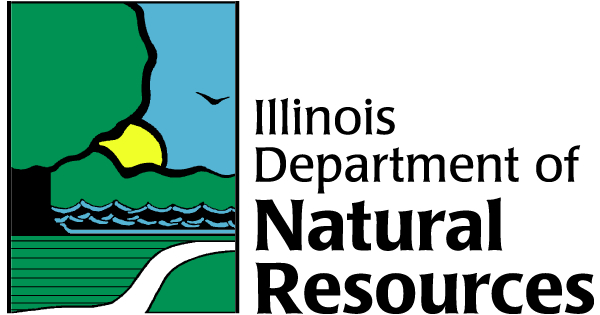Wild About Birds
Illinois Kingfishers and Woodpeckers!
Family and Species Gallery
Order: Coraciiformes - Kingfishers are medium-sized birds with a thick, long bill. The third and fourth toes are joined. They are found near water.
Family: Alcedinidae (Kingfishers) - Kingfishers have a large head. The feathers on the top of the head give it a spiked appearance. They have tiny syndactyl feet (two toes somewhat joined). The bill is pointed like a spear to help capture food. Kingfishers have two fishing tactics: perching near the water's edge or hovering above the water's surface and diving head first into the water.
belted kingfisher (Ceryle alcyon)
Order: Piciformes - Woodpeckers are medium-sized birds. The strong bill is adapted for pecking at wood. The long tongue is used to extract food from the wood. Two of their toes face forward and two face backward.
Family: Picidae (Woodpeckers and Allies) - Woodpeckers are medium-sized birds and have zygodactylous feet (two toes face forward and two face back). The strong, pointed bill id for pecking at wood. The extremely long tongue is for extracting food from the wood. The tail is rigid and spiny which helps these birds cling to the side of trees. Most males have some red coloring on their head.
red-headed woodpecker (Melanerpes erythrocephalus)
red-bellied woodpecker (Melanerpes carolinus)
yellow-bellied sapsucker (Sphyrapicus varius)
downy woodpecker (Dryobates pubescens)
hairy woodpecker (Dryobates villosus)
northern flicker (Colaptes auratus)
pileated woodpecker (Dryocopus pileatus)


